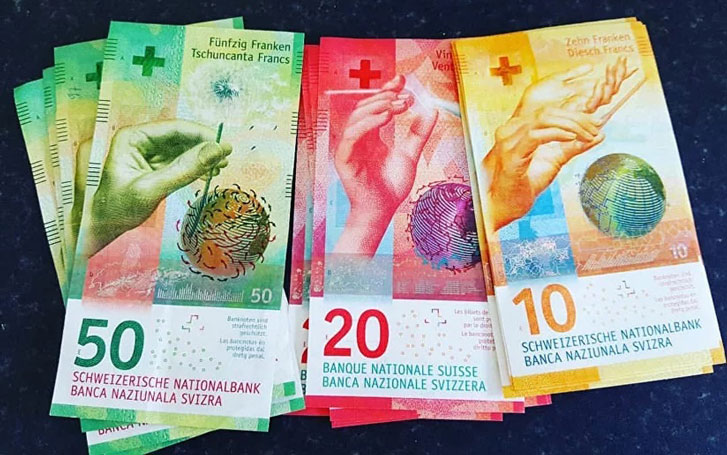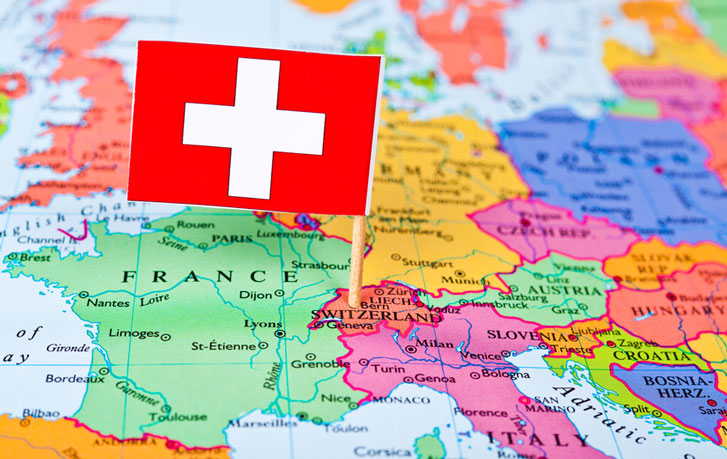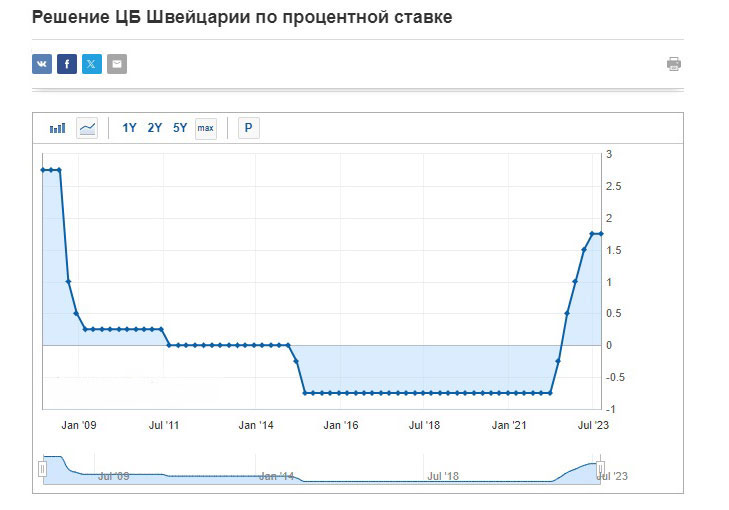The hardest currency, its main characteristics
We often hear the phrase “Keep your money in hard currency, this will help protect your savings from exchange rate risks.”

And this is not in vain; over 20 years, the exchange rate of the Ukrainian hryvnia has fallen, in relation to the main world currencies, eight times; a similar picture is observed for other weak currencies.
Even high interest rates on deposits cannot compensate for exchange rate losses; there is only one way out - to use hard currency to store savings.
But which monetary unit is the most stable? It turns out that this is for the most popular American dollar and not the euro.
The hardest currency in the world
In the world of finance, where the situation is constantly changing, currency stability is of great importance. The Swiss franc is recognized as the hardest currency in the world today .
This is no coincidence, since Switzerland is known for its stable economic situation, reliable banking system and strict monetary policy.
The historical review and current position of this currency show that the Swiss franc has remained a stable currency for a long time. During both world wars, when most currencies were devalued, the Swiss franc remained steadfast.
 Today, despite the difficult situation in the global economy, the Swiss franc continues to maintain its position as one of the most reliable currencies. Its rate has strengthened significantly since 2021.
Today, despite the difficult situation in the global economy, the Swiss franc continues to maintain its position as one of the most reliable currencies. Its rate has strengthened significantly since 2021.
The main reasons for the stability and reliability of the Swiss franc are related to the economic policies of Switzerland and its image of the “World Safe”.
Firstly , Switzerland has a strict monetary policy, which is aimed at preventing inflation.
Secondly , Switzerland is known for its reliable banking system, which attracts investors from all over the world.
Finally, Switzerland's economy is one of the most stable in the world, which contributes to the strengthening of the Swiss franc.

Thus, the hardest currency in the world, the Swiss franc, is the result of Switzerland's strict monetary policy, reliable banking system and stable economy. This makes it attractive to investors and keeps it stable even in uncertain times.
Pros and cons of the hardest currency
Using the hardest currency has its advantages and disadvantages. Among the advantages are:
- Stability and low inflation, which makes it attractive for long-term storage of savings.
- Possibility of use as a world reserve, which ensures confidence in the currency.
However, there are also disadvantages. In particular, this is not a high interest rate; not so long ago, the Swiss franc had a negative interest rate, that is, you had to pay the bank to store money in an account in this currency. Now the situation has changed and the interest rate on the franc is +1.75% per annum.

The second important aspect is Switzerland’s anti-money laundering policy, under which it regularly issues new paper banknotes and withdraws old ones from circulation. Exchange time is limited, and in order to exchange expired bills without loss you will have to go to Switzerland.
Alternative hard currencies
In addition to the monetary unit mentioned above, there are alternative options, from which the American dollar should be immediately excluded, since it is quite risky today to use this currency for long-term investments.
- Singapore dollar
- Dirham AOE
- Norwegian krone
In addition to classical currencies, I would highlight in a separate line such a cryptocurrency as Tether Gold, its rate is tied to the price of gold. And according to the developers, Tether Gold is backed by physical gold.
The easiest way to purchase Tether Gold or XAUT is from cryptocurrency brokers .

